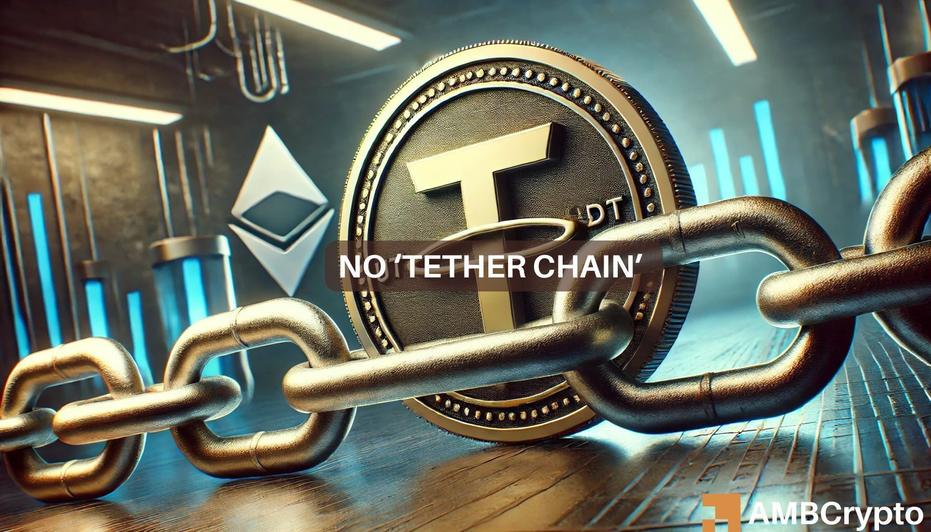The latest buzz revolves around Tether CEO Paolo Ardoino, who has refuted claims suggesting that the stablecoin issuer is currently working on creating an official blockchain known as the “Tether chain.”
In response to these accusations circulating on X (formerly Twitter), Ardoino made it clear that the company is endorsing specific L2s that choose to use USDT for covering gas fees.
“I once again come across rumors regarding a potential Tether Chain. Tether has no immediate plans to establish an official blockchain. Rather, various independent L2 solutions are actively facilitating $USDt as gas fee payments.”
Ardoino emphasized that maintaining neutrality is essential for Tether to prevent centralization of control.
“One of the key reasons why Tether is not considering the launch of a chain in the near future is the significance of maintaining neutrality.”
It should be noted, however, that Ardoino did not completely dismiss the idea of a Tether chain in the future.
Tether’s Expansion with USDT
Ethereum L2 networks such as Polygon have already integrated USDT for gas fee transactions. Nevertheless, Tether’s influence has expanded beyond solely the Ethereum blockchain.
Tether’s USDT has solidified its position as the leading player in the stablecoin market for quite some time now. Recently, its market capitalization surged to $120 billion, surpassing the previous high of $83 billion. A large portion of trading pairs on centralized exchanges are linked to USDT, fueling Tether’s dominance in the industry.
Moreover, the USD-pegged stablecoin has gained popularity for cross-border payments, particularly in developing economies grappling with significant local fiat currency devaluation.
As a result, Tron [TRX] has emerged as a prominent network for cost-effective USDT transfers (approaching $60B), outperforming Ethereum. Nevertheless, other low-cost alternative networks are also rising to facilitate economical USDT transfers. The Telegram-associated TON (The Open Network) is a notable example.
Tether’s current standing has made it a target for critics and regulatory bodies. Notably, Ardoino recently refuted another wave of Fear, Uncertainty, and Doubt (FUD) alleging that the company is under scrutiny for illicit operations.
With that being said, the dominance of USDT not only serves as a barometer for the sector’s health and sentiment but also indicates market trends. While the increasing market share signifies heightened market liquidity, the dominance of USDT (USDT.D) is indicative of whether investors are moving towards stable-assets (risk-off) or accumulating massively (risk-on).
Currently, USDT.D appears to be following a prolonged downward trajectory, aligning with Bitcoin’s upward surge. Conversely, an uptick in USDT.D would suggest risk-aversion and market panic.

